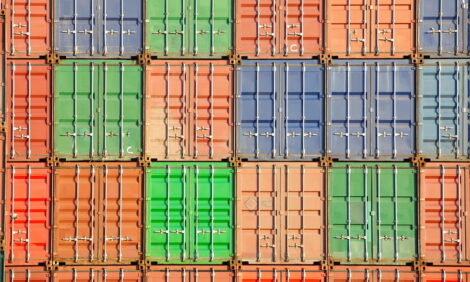



Understanding Cost of Production to Manage Risk and Maximize Profit
US - Cost of production is a fundamental economic concept that applies to nearly any business model. Due to the high risk and slim profit margins of farm businesses, it is particularly important that producers understand the costs and potential revenue associated with each enterprise they manage, writes James DeDecker, Michigan State University Extension.Cost of production refers to the average cost of producing one unit of a commodity (e.g., $125 per ton of hay). This value is calculated by totaling all of the costs associated with a farm enterprise and dividing that total by the output (yield) produced. This seems at first like a very simple formula. However, total cost of a farm enterprise frequently includes different categories of costs that must be estimated and managed independently.
Costs that do not vary with output within a production period are known as fixed costs. These include expenses such as depreciation, taxes, land charges, salaried labor and insurance. Indirect, non-cash and overhead costs are other terms used to describe fixed costs. Fixed costs are important to consider when making long-term decisions regarding which enterprises to invest in. Once a farm business is engaged in a particular enterprise, these costs are incurred whether or not production occurs, or "fixed" in the short-term.
Expenses that vary with a farm’s level of output are known as variable costs. Examples include seed, feed, fertilizer, pesticide, fuel, repairs and hourly or seasonal labor expenses. Other terms used to describe variable costs include cash costs, direct costs and out-of-pocket costs. Variable costs most often influence short-term decisions regarding the scale of production and approach to management.
Estimating and managing production costs require a great deal of information. Background knowledge of agronomy, animal science, ecology and economics allows producers to better understand their needs and provides a basis for planning. Still, production costs vary considerably, from farm-to-farm and season-to-season. For this reason, Michigan State University Extension recommends that managers develop personalized enterprise budgets.
An enterprise budget is a listing of all of the costs and projected revenue associated with a farm enterprise using certain production practices over a specific period of time. Enterprise budgets formalize the planning process, allowing producers to develop a clear picture of their costs. With this information a manager can project the minimum yield or price required to generate a profit, and ultimately determine whether or not a particular enterprise is an economically sound investment for their farm business.
MSU Extension offers a variety of free crop and livestock budgeting resources that anyone can access online (click here). Available there are budget templates, custom machine and work rate estimates, current land values, rental rates and more. These tools are an excellent resource for producers interested in developing a deeper understanding of their production costs, a fundamental step toward managing risk and maximizing profit.
TheCattleSite News Desk


